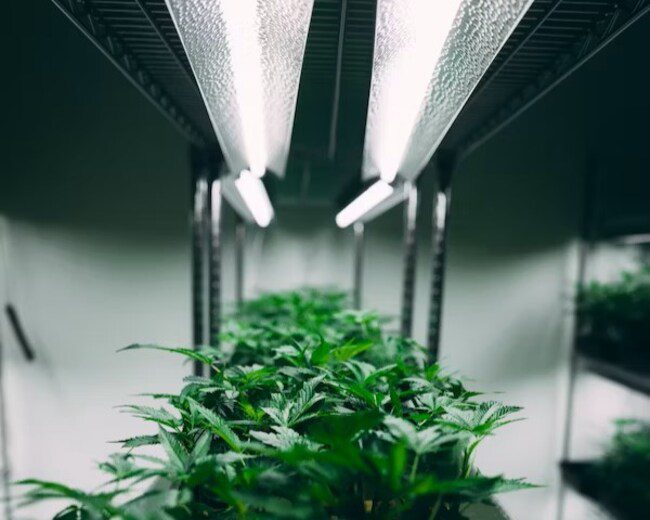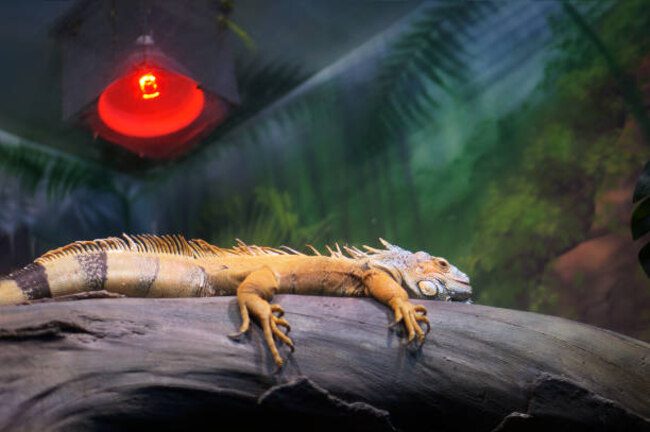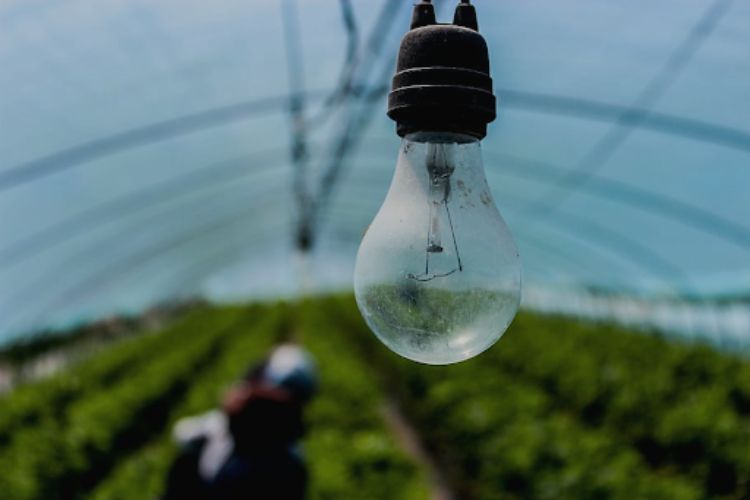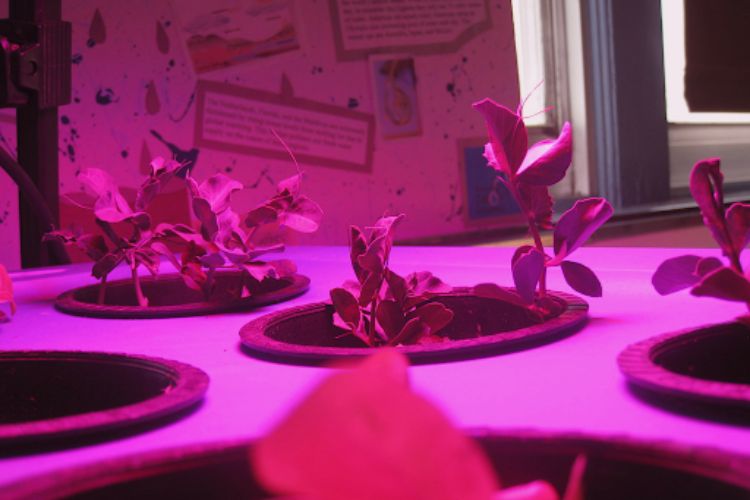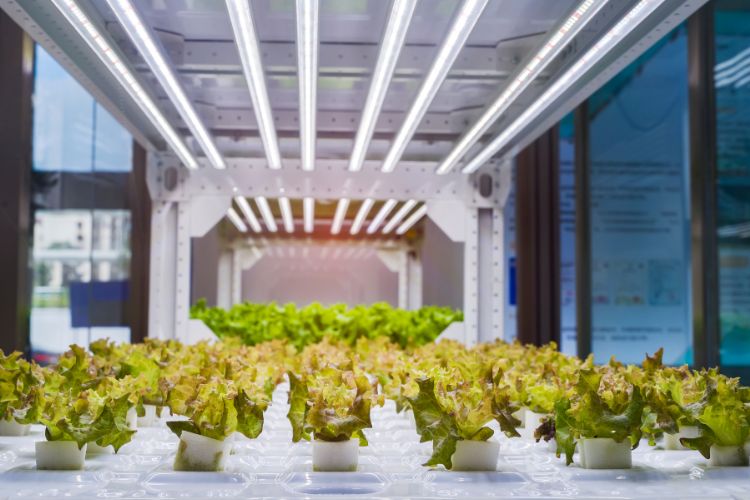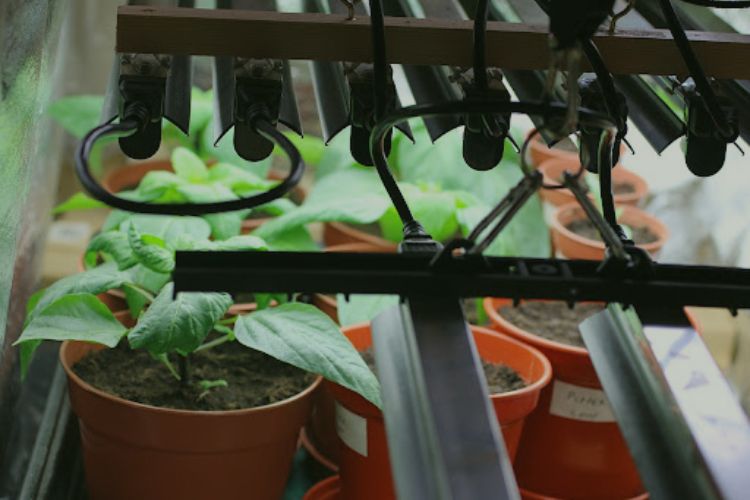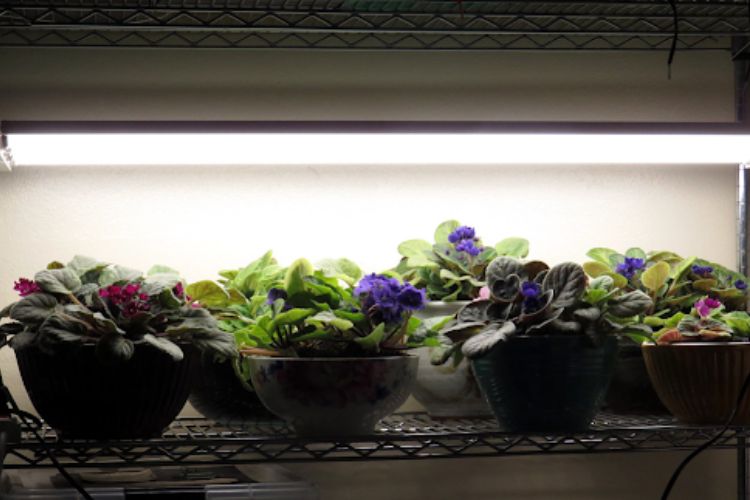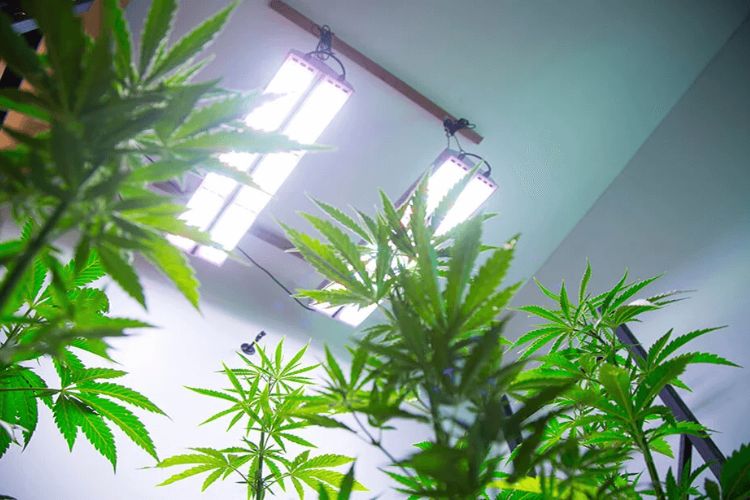Types Of Grow Lights: 5 Options For Your Plants
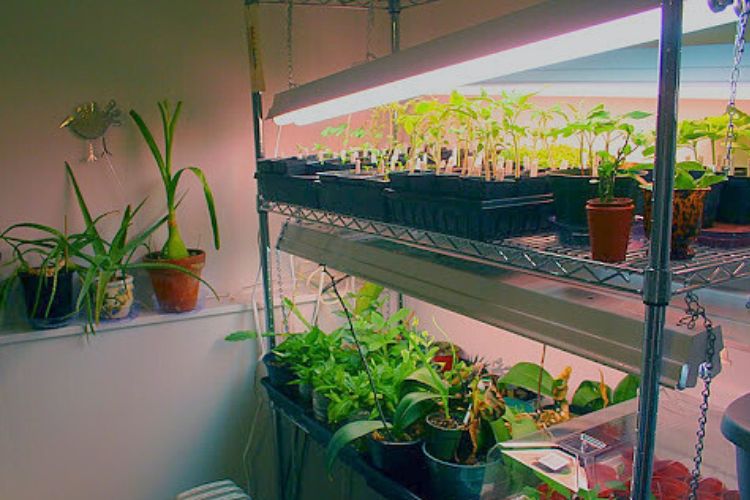
Grow lights can provide artificial sunlight for your home gardens. But with so many types of grow lights, choosing the best one can be challenging. By understanding the unique qualities of each, you will have enough knowledge to make informed decisions and provide your plants with the optimal choice they need.
Thus, this guide will explore five popular options and their uses for different plant needs. Each has its own features, benefits, and considerations. Get ready to dive into the fascinating realm of indoor lighting and discover the right option to bring your plants to life!
Why Should I Use Grow Lights?
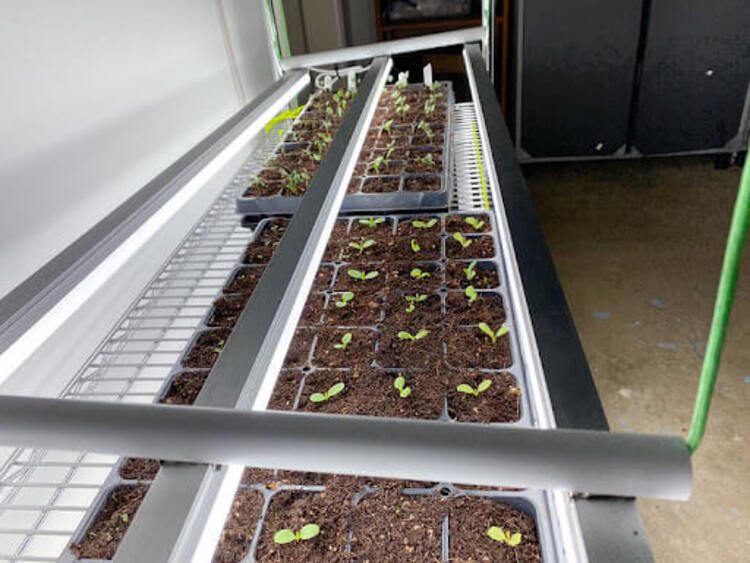
These days, grow lights are popular in indoor growing or gardening facilities without enough natural sunlight. Let’s find out why people use them!
- Additional lighting: These devices provide natural light, especially in areas with limited sunlight or during seasons with shorter daylight hours.
- Indoor gardening: They allow you to grow indoors, regardless of location or weather conditions outside. Hence, you can farm year-round, whatever the season, and expand your urban or apartment gardening options.
- Controlling the light spectrum: They can be customized to provide the specific wavelengths and colors most beneficial for each growth stage. This benefit allows growers to optimize plant growth, flowering, and fruiting.
- Extended lighting time: Some plants need more exposure to light than natural sunlight provides. Fortunately, these devices can extend the time they shine. Thus, they ensure plants receive the light they need for proper growth.
Overall, these devices offer flexibility and control in providing light to plants. Hence, you can grow crops efficiently in various environments and conditions.
What Common 5 Types Of Grow Lights?
Currently, we have 5 grow light types in horticulture: LED, fluorescent, HID, sulfur plasma, and incandescent. Which is suitable for your needs?
Let’s find out together!
LED

The LED (Light Emitting Diodes) grow lights cannot be ignored in indoor gardening. Let’s find out its features!
First, they can convert a notable portion of the consumed energy into usable light (efficiency is often over 20%). This number is much higher than other options, such as CFLs. Next, LEDs emit concentrated light, allowing better distribution into the canopy. Also, you can place this type farther from the plants than other choices, reducing the risk of burning leaves.
Besides, LED technology allows precise control of specific wavelengths in the color spectrum. Hence, you can customize it to the needs of your plants, enhancing growth. They also produce minimal heat compared to other lighting options like HID or incandescent bulbs. Hence, you do not need to install excessive ventilation or cooling systems, this helps reduce your energy consumption and costs effectively.
In terms of lifespan, LEDs have a longer life than other lighting systems. On average, they can last up to 50,000 hours (equates to several years of continuous operation). So, you don’t have to replace bulbs as often, resulting in savings in maintenance costs.
Moreover, they are eco-friendly as they consume less energy and generate less heat. Therefore, their energy efficiency helps reduce their carbon footprint and environmental impact. Also, LEDs do not contain harmful substances such as mercury, making them safer to dispose of. Yet, LEDs tend to cost more than other lighting options. But their energy efficiency and long lifespan will keep them cost-effective in the future.
However, ambient temperature can affect LED performance, especially in high-temperature conditions. Thus, you must monitor and manage the temperature around LED modules to optimize their performance and lifespan.
Pros
- Energy efficiency
- Long lifespan
- Produce minimal heat
- Customizable spectrum
- Versable
- Eco-friendly
Cons
- High initial cost
- Affected by ambient temperature
HID
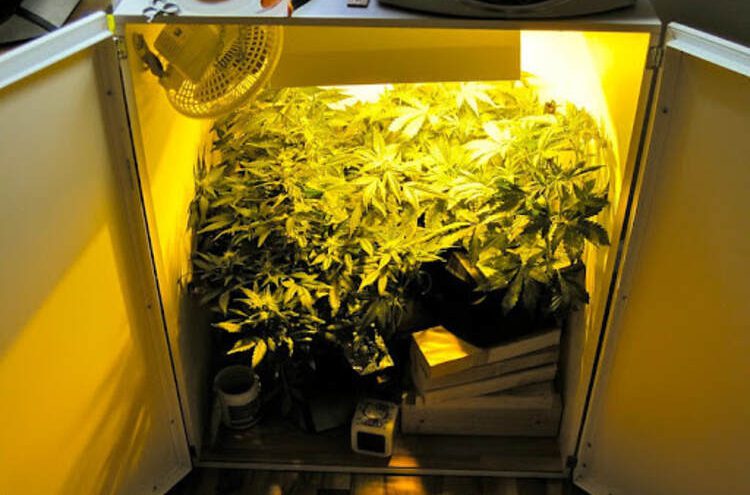
High-Intensity Discharge (HID) grow lights are popular among new and experienced indoor growers due to their affordability and proven track record. Regarding the working principle, HID passes electricity through a tube filled with gas, providing a powerful source for plant growth. Currently, there are three main types of HID grow lights used in indoor gardening: High-Pressure Sodium (HPS), Metal Halide (MH), and Ceramic Metal Halogen (CMH).
HPS (High-Pressure Sodium)
These grow lights emit light in the red and orange spectrum to suit the flowering stage. In particular, the red one works in promoting flowering and fruiting, making HPS bulb the ideal choice during this period.
MH (Metal Halide)
MH grow lights emit light in the blue spectrum, which is helpful for the vegetative stage. Specifically, blue light strips stimulate leaf growth and help plants develop strong stems and leaves.
CMH (Ceramic Metal Halogen)
This type combines elements of the two grow lights above. They supply a more spectrum, making them versatile for the entire growth cycle. But CMH growth lights do not provide as much light in the red spectrum as HPS ones. So, they might be less effective for flower growth periods than the HPS. Thus, we recommend starting with MH or CMH products during the vegetative phase to optimize plant growth using HID. You can then switch to HPS during the flowering phase. This tip ensures that plants receive the proper spectrum at each growth stage.
After all, the pros and cons of HID grow lights are summarized below:
Pros
- Low cost
- Have a proven track record
- Versable
- Easy to use
Cons
- Short lifespan
- Need accessories
Sulfur plasma
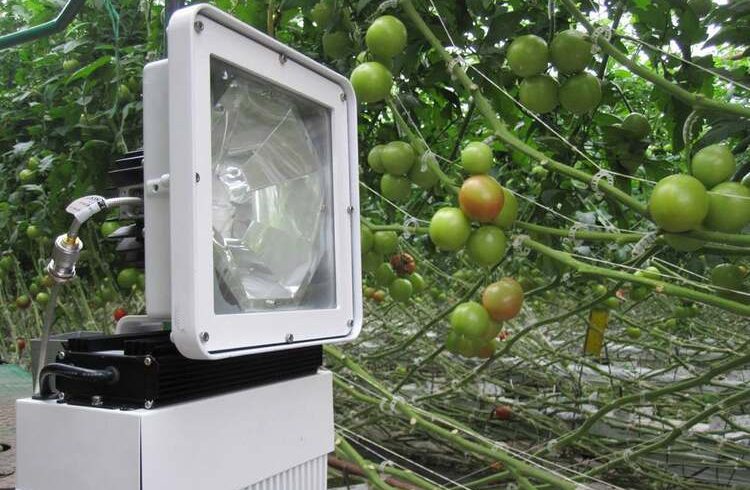
Sulfur plasma lights, also known as LEPs, have gained attention in the indoor gardening community for their claims to provide a full spectrum that supports all stages of plant growth. They provide natural, sun-like light that is more efficient than other lighting sources currently on the market. Unlike HPS bulbs, these work with a different technology that eliminates the need for electrodes for gas ignition, making them a reliable light source.
Moreover, the main selling point of this lighting option is its ability to provide a broad spectrum that includes all wavelengths required for optimal plant growth. This broad spectrum can also promote photosynthesis and support different stages of plant development, from seedling to flowering. They can enhance plant health by closely simulating natural sunlight. Besides, they are known for consuming less energy than traditional lighting options like HPS bulbs, this is seen as an advantage to help reduce electricity costs and contribute to a safer indoor growing system.
However, it is worth noting that there is some debate and doubt surrounding the claim that they provide “full spectrum” light. Some argue that these claims may be exaggerated and that the spectrum may not be as broad as advertised. Also, this option has a higher initial cost than LEDs. This upfront investment can be challenging for some growers, especially those on a limited budget.
Pros
- Full spectrum grow
- Mimics natural sunlight
- Energy efficiency
- Reliable
Cons
- High initial cost
- There is some skepticism about the spectrum
Fluorescent lights
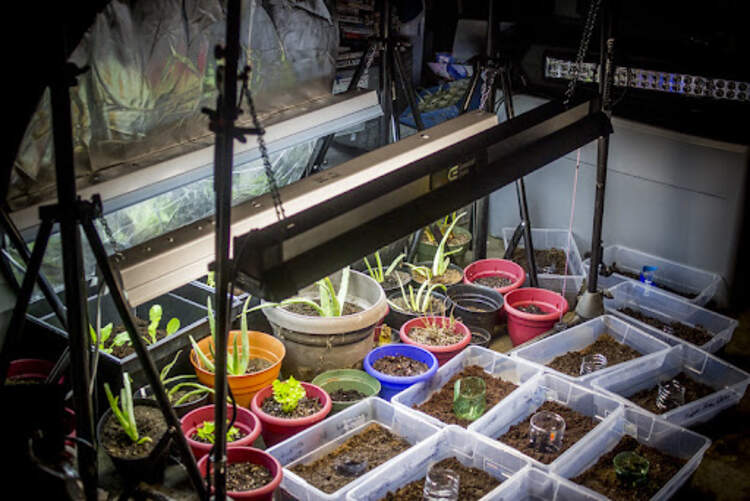
Fluorescent bulbs, including fluorescent tubes and CFLs, are commonly used for growing vegetables and herbs. They offer several benefits and are suitable for different stages of plant growth.
In the principle of operation, they pass an electric current through the electrodes. Then, the mercury inside produces shortwave light that activates the phosphor coating and visible light. In terms of performance, they are not as intense as HIDs, making them suitable for seeding, rooting cuttings, and the early to mid-vegetative stages of plant growth. Let’s dive into the two types of fluorescent grow lights below.
Fluorescent tube lights
These lights are famous for their efficiency and longevity, making them a popular choice for indoor plants. While they may not be as powerful as HPS lights, fluorescent tubes provide enough light for plants. Besides, they’re relatively slim and can fit into small spaces, making them versatile for various setups. Yet, they often require ballasts to regulate current and a base instead of a conventional outlet. Hence, this feature can add to the overall cost.
CFL
CFLs are becoming more popular for many purposes due to their superior efficiency compared to traditional incandescent bulbs. They emit much light in the blue and red spectrums (essential for plant growth). CFLs grow light, use only 20% to 30% of the energy of incandescent bulbs and have a lifespan of 8 to 16 times longer. They are widely available at major hardware stores and are the cheapest lighting investment of the mainstream.
A significant advantage of CFLs, especially for urban farmers selling their crops, is that they give off minimal heat to the plants. This feature allows them to be placed closer to the plants, maximizing illumination efficiency. Also, you can conveniently use the CFL in regular electrical outlets without modification. They are helpful for young plants, clonal plants, and plants with low to medium needs. Yet, once the plant enters the flowering stage, higher-yielding options such as HPS or LEDs are often recommended.
Overall, we can summarize the pros and cons of fluorescent grow lights for you as below:
Pros
- Energy efficiency
- Cost-effective
- Versatility
- Minimal heat emission
- Easy to use
Cons
- Low intensity
- Limited coverage area
- Short lifespan
- Limited color spectrum
Incandescent lights
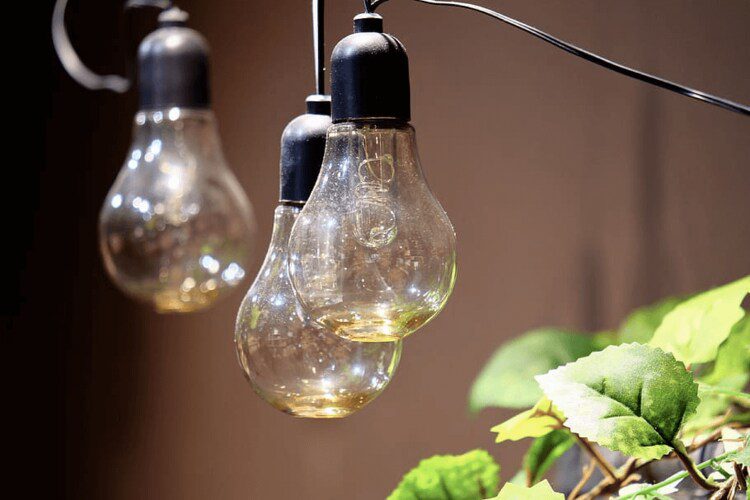
Incandescent grow lights are generally not recommended for indoor gardening due to some of the issues they cause.
First, they are very inefficient from a cost perspective. The reason is that they consume a significant amount of energy and produce less light than other choices. Most of their power (up to 90%) is converted into heat rather than usable light, so excessive heat can harm plants, especially when lights are too close. As a result, this problem can lead to heat stress, leaf burn, and poor growth.
Next, incandescent bulbs do not produce the wavelengths needed for optimal plant growth. Also, photosynthesis mainly occurs in the 400-700 nm range (the visible spectrum). But they emit a broad spectrum, including a large portion of infrared and ultraviolet rays, which is not beneficial to plants.
The only reason that some people are still using this lighting option is it can be an additional source for houseplants (vines or ferns). But even for these plants, incandescent bulbs are not the ideal primary source because they are inefficient and generate heat. As for plants with higher needs, such as plants with flowers or fruit, incandescent bulbs are not enough to support their growth adequately.
Pros
- Availability
- Low initial cost
Cons
- Inefficient energy
- Incorrect spectrum
- Heat generation
- Limited application
How Much Lighting Is Enough For Your Plants?
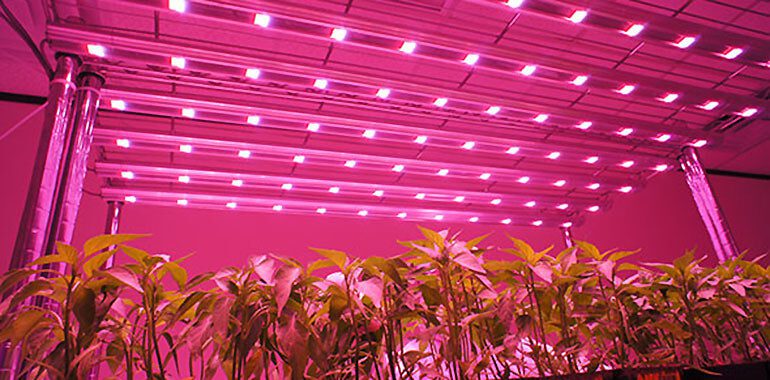
Light intensity is measured in foot-candle or lux. Different plants have different intensity needs. But most commonly, plants need about 1000 to 2000 foot-candle during the vegetative phase. And in the flowering stage, they need 2000 to 3000 foot-candle. Besides, lighting time, or photoperiod, also plays a role in plant growth. Most plants need about 12 – 16 hours/day during the vegetative phase and 8 – 12 hours/day during flowering. But there are exceptions, such as short-day plants that need a long dark period to trigger flowering.
Yet, it is vital to consider the lighting technology used, as different grow lighting options have unique performances and efficiency. For example, LED lights are highly efficient and offer a customizable spectrum, allowing precise control over lighting requirements. Otherwise, traditional HID lights, such as HPS or MH, can also be used but may generate more heat and require proper ventilation.
To determine the exact lighting needs for specific plants, we recommend referring to plant-specific guidelines or seeking advice from experienced growers.
Conclusion
In this guide, we explored five popular types of grow lights. Choosing the right types of grow lights is critical to indoor gardening success and providing optimal lighting conditions for your plants. Note that the right grow light for your plant can vary depending on its growth stage and the specific type of plant you’re growing.
With the right lighting option, you can create the optimal environment for your houseplants, supporting their growth, health, and productivity throughout their lifecycle. Happy gardening!
FAQs
Related posts:


